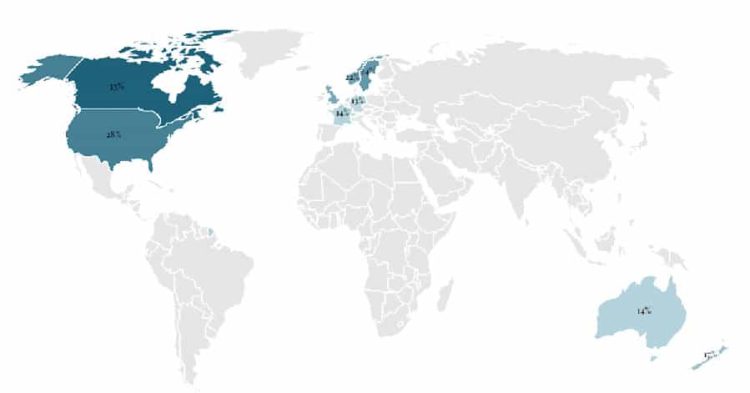Trips to the emergency room are justifiably dreaded by Americans across the country. Chiefly, there is the concern of safety and emergency medical procedures that must be met, but trips to the ER also carry the possibility of hefty ambulance bills, frustrating hospital paperwork and long times spent sitting in a waiting room while your medical needs may become worse.
However, these wait times can have serious medical implications, as explained in this article from Colleaga.
As explained by Colleaga, ER wait times can be shortened or lengthened based on a number of factors including overcrowding, inefficient triage systems and even interior designs of hospital spaces, but one other factor which may determine ER wait time is where exactly a patient is getting their medical service.
Interestingly, in a recent study from Coventry Direct that ranked the worst and best cities for quality healthcare access, the statistics for average ER wait times in different United States cities offered a glimpse into how these precious minutes vary across the country.
Also see: Right Eye Twitching Spiritual Meaning and Health Science
According to the study, the major city with the smallest average ER wait time was McAllen, TX, a city located right on the Mexican border in Southeast Texas. In McAllen, the average ER wait time was 108 minutes, which may impress those who have spent hours in a waiting room.
Interestingly, the study ranked McAllen as the worst city in the country for quality healthcare access despite the relatively low ER wait time. This could possibly be due to the low number of healthcare facilities per square mile, only .86 as well as the statistic that 56% of McAllen residents are uninsured.
Interestingly, the conversation around emergency care for uninsured Texas residents is evolving due to emergency concerns during the COVID-19 pandemic, as reported by the Texas Tribune.
While the state has many uninsured people, public health needs may change the way and amount that uninsured people pay for emergency medical services, perhaps encouraging more people to head to the ER and backing up wait times in places like McAllen.
On the other side of the ER wait time discussion are cities with exceptionally high waiting periods. The city with the worst waiting time was Fresno, California, where residents had to wait an average of 275 minutes, over four hours to receive emergency medical care.
According to the study, this long wait time comes despite a relatively good ratio of over 2,700 doctors and nurses per 100,000 residents. According to an article from The Business Journal, residents of Fresno and other California cities with high hospital wait times actually leave hospitals before finishing emergency medical care, perhaps weary of too much time spent in the emergency room, putting themselves and others in danger.
Also read: Maxillary Antrostomy Sinus Surgery
Needless to say, this huge disparity of over two hours in average emergency wait times across the country speaks to larger trends in disparate care across the country.
Considering how these healthcare inequities affect everything from prescriptions to emergency room wait times will continue to guide political and cultural conversations about how our country handles health.











